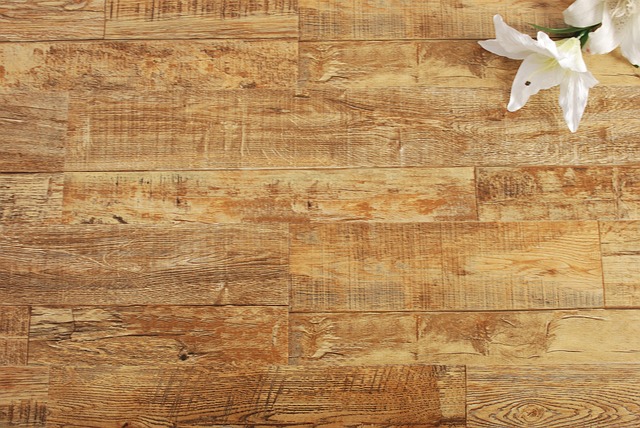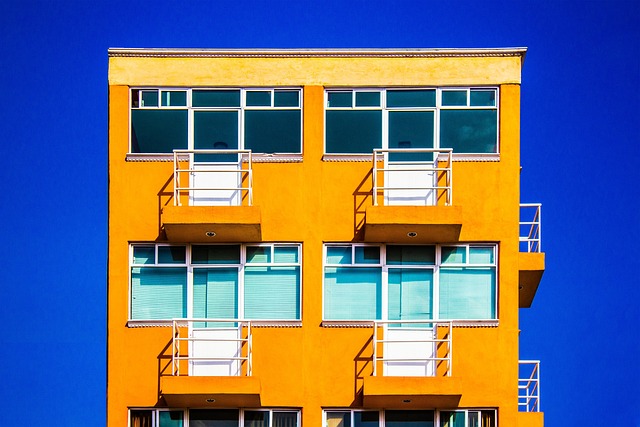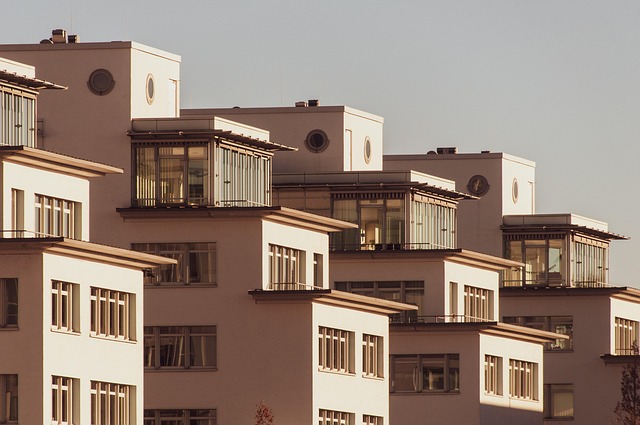Before installing a floating floor in Denver, prepare your space by assessing room layout, measuring dimensions accurately, accounting for unique features, and considering desired aesthetics. Choose flooring materials like Luxury Vinyl Planks (LVP) for style and durability. Use proper tools and techniques for installation, securing with staples or glue based on traffic and smoothness needs. After installation, refine and protect the floor with polishing or sealing, maintaining weekly sweeping/vacuuming and spot cleaning. Contact Residential Flooring Denver services for expert assistance.
Looking to transform your Denver home with a sleek, modern floating floor? This comprehensive guide offers top tips for a seamless installation process. From measuring and planning your space to choosing the perfect material, we cover it all. Learn about effective installation tools and techniques, securement methods, and essential final touches. Discover why Denver residents trust these steps for their residential flooring projects, ensuring a beautiful, long-lasting floating floor.
- Prepare Your Space: Measuring and Planning
- Choosing the Right Floating Floor Material
- Installation Tools and Techniques
- Locking in Place: Securement Methods
- Final Touches and Maintenance Tips
Prepare Your Space: Measuring and Planning

Before installing a floating floor in Denver, it’s essential to prepare your space by measuring and planning effectively. Start by assessing the layout of the room(s) where you plan to install the flooring. Measure the dimensions accurately to determine how much material you’ll need—this is crucial for avoiding wasteful overorders when purchasing your residential flooring Denver. Create a detailed plan that accounts for any unique features, such as alcoves or built-in furniture, ensuring that your chosen floating floor will fit seamlessly around these elements.
Consider the overall aesthetic you desire, including the color and style of the flooring, especially if you’re aiming for a particular design theme in bungalows or other residential properties. Wall-to-wall coverage is efficient for a seamless look, but ensure your subfloor is in good condition to support the weight and make any necessary repairs beforehand. Proper planning at this stage will make the installation process smoother and more cost-effective.
Choosing the Right Floating Floor Material

When selecting a floating floor for your Denver home, choosing the right material is key. Look for options that offer both style and durability, aligning with your residential flooring Denver needs. Luxury vinyl planks (LVP) are a popular choice due to their versatility and realistic designs that mimic wood or tile. This versatile material is also water-resistant, making it ideal for kitchens and bathrooms where accidents happen.
Consider the atmosphere you want to create and your lifestyle when making your decision. For instance, if you’re going for a vintage aesthetic in a laundry room, reclaimed wood or unique tile patterns could be suitable choices. However, for high-traffic areas, opt for tough materials like concrete or stone that can withstand wear and tear without showing significant signs of damage.
Installation Tools and Techniques

When it comes to installing a floating floor in your Denver home, the right tools and techniques are paramount for a successful outcome. One of the key advantages of floating floors is their ease of installation, which can be achieved with the proper equipment and some basic knowledge. For Residential Flooring Denver projects, a variety of tools will be required, including a floor scraper, a hammer, nails or staples, and a flooring gun (for adhesive application).
Start by preparing the subfloor, ensuring it is clean, dry, and free from debris. This step is crucial for a seamless installation, especially when comparing different flooring options like traditional installed floors versus floating floors. After leveling the subfloor, measure and mark the layout of your floor, creating a guide for where each plank will be placed. This meticulous approach ensures an even and professional finish, enhancing the overall look of your Denver home’s restored or new flooring.
Locking in Place: Securement Methods

When installing a floating floor in Denver, ensuring it locks in place is paramount for both stability and aesthetics. There are several securement methods available to create a robust and long-lasting finish, tailored to different flooring types. For Laminate Flooring Installation Denver, mechanical fastening with staples or clips is a common approach, offering quick installation and easy removal when needed. This method is particularly effective for residential flooring Denver, as it allows for some expansion and contraction of the floor without compromising its integrity.
Alternatively, for a decor smooth look, gluing can be used to create a seamless finish. This involves applying an adhesive to the subfloor before placing the floating panels. While more labor-intensive, gluing provides exceptional stability and is ideal for those seeking durable solutions in their Denver homes. The right securement method ultimately depends on factors like floor traffic, desired decor smoothness, and the type of flooring chosen.
Final Touches and Maintenance Tips

Once your floating floor is fully installed, it’s time to add those final touches that will make it truly yours. Take a step back and assess the overall look, ensuring the floor aligns with your vision. Adjust any imperfections and fill gaps between boards if necessary. The finishing touches include polishing or sealing the floor for protection against scratches and stains, especially in high-traffic areas. A professional polish can enhance the natural beauty of your flooring, creating a smooth, lustrous surface that complements any decor style.
Regular maintenance is key to keeping your floating floor looking its best over time. Sweep or vacuum thoroughly at least once a week to remove dust and debris. For more stubborn stains, use a slightly damp mop with a mild detergent, avoiding excessive water which can damage the floor. Rotating cleaning products and avoiding harsh chemicals ensures your residential flooring Denver remains in pristine condition for years to come. Remember that regular care will not only prolong the life of your floor but also preserve its beautiful appearance, allowing it to serve as a stunning centerpiece in any room.
When installing a floating floor in Denver, proper preparation and choosing the right materials are key. Following our detailed guide on measuring, planning, and selecting durable options, you’ll be well on your way to achieving beautiful residential flooring in Denver. Remember, secure installation methods and regular maintenance will ensure your new floor remains pristine for years to come.
